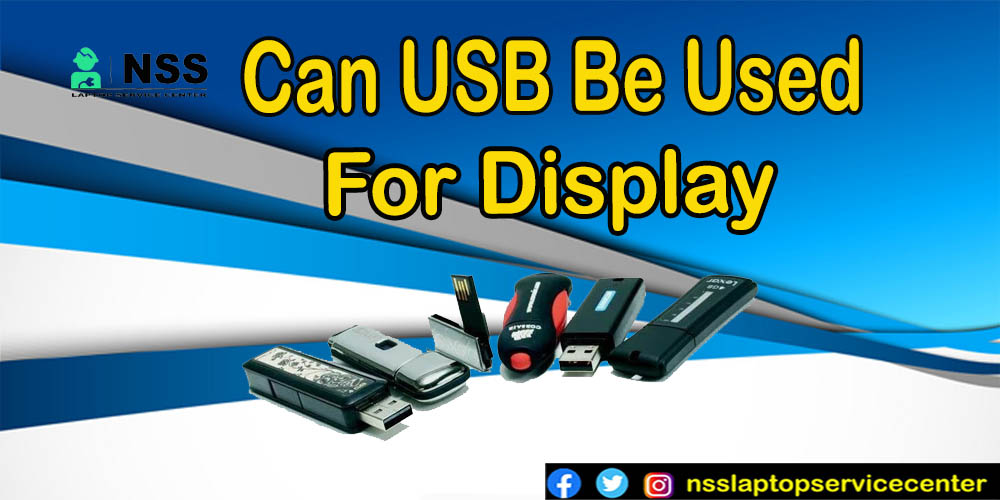
What is a USB?
The Universal Serial Bus (USB) is an industry-standard that specifies cables, connections, and protocols for interfacing (connecting) computers, peripherals, and other computers, as well as for connection, communication, and power supply. [2] There are 14 different connector types for USB gear, with USB-C being the most current.
Each USB drive has a distinct design and has various ports and storage capacities. Depending on the kind of computer you want to connect to, there may be many ways to use a USB drive. To learn how to use a USB drive with Windows, continue reading.

How To Insert The USB Drive?
You can now put the USB drive into a USB port once you have one that works with your Windows PC. The ports are typically found on a laptop's side and a desktop's front or rear. Please ensure the USB drive is inserted correctly while using a USB-A to avoid harming your computer.
When you initially plug in the USB drive, Windows will set up the required driver software so that you can utilize the device. Then, a dialogue box ought to show up. "Open folder to view files" should be chosen. Resolving the issue by re-inserting the USB disc or launching File Explorer is possible.
How can I use the USB drive?
-
The USB drive can now be utilized like any other folder on your Windows machine once you can access it.
-
Documents can be directly saved to the USB drive.
-
The USB drive can be used to copy files to and from. (Please be aware that duplication occurs while copying files.)
-
A file on your USB device can be deleted simply by dragging it into the trash. A dialogue box ought to show up. Select yes when prompted to remove this file permanently and free up space on the USB stick.
-
The USB drive can now be utilized like any other folder on your Windows machine once you can access it.
-
You can directly save documents.

How to remove the USB drive?
It's crucial to carefully remove the USB drive from the Windows computer when you use it to protect the data. Right-click the USB device and choose "Eject" from the popup menu, or click the small arrow on the right side of the taskbar, select the USB icon, and then click "Eject."
External storage devices like USB drives and SSDs are excellent for moving your files around, backing up crucial files, and providing your Windows PC with additional capacity for programs and games.
To activate the monitor's USB ports, follow these steps:
-
OFFSET your computer.
-
Find the Type-A port on your monitor that is square.
-
The Type-B port on your display should be connected to the Type-B end of the cable.
-
The type-A end of the line should be connected to a free type-A port on your computer.
-
Activate the computer.
-
A USB device can be added to the settings. The computer should detect your monitor.
-
If the computer cannot recognize the monitor, see if it has a disc containing its drivers. Start the disc, then include the monitor as a USB device.
-
You can download drivers from the monitor if you can't locate the disc containing them.
Also Read: How To Update Google Chrome
Also Read: How To Connect To WhatsApp On A Laptop?
Conclusion:
I won't say much, as the blog has informed you about how USBs can be used for display. It is an easy process, and you can use it for various purposes.
Frequently Asked Questions
Popular Services
- MacBook Battery Replacement Cost
- HP Printer Repair in Delhi NCR
- Dell Laptop Repair
- HP Laptop Repair
- Samsung Laptop Repair
- Lenovo Laptop Repair
- MacBook Repair
- Acer Laptop Repair
- Sony Vaio Laptop Repair
- Microsoft Surface Repair
- Asus Laptop Repair
- MSI Laptop Repair
- Fujitsu Laptop Repair
- Toshiba Laptop Repair
- HP Printer Repair Pune
- Microsoft Surface Battery Replacement
- Microsoft Surface Screen Replacement




